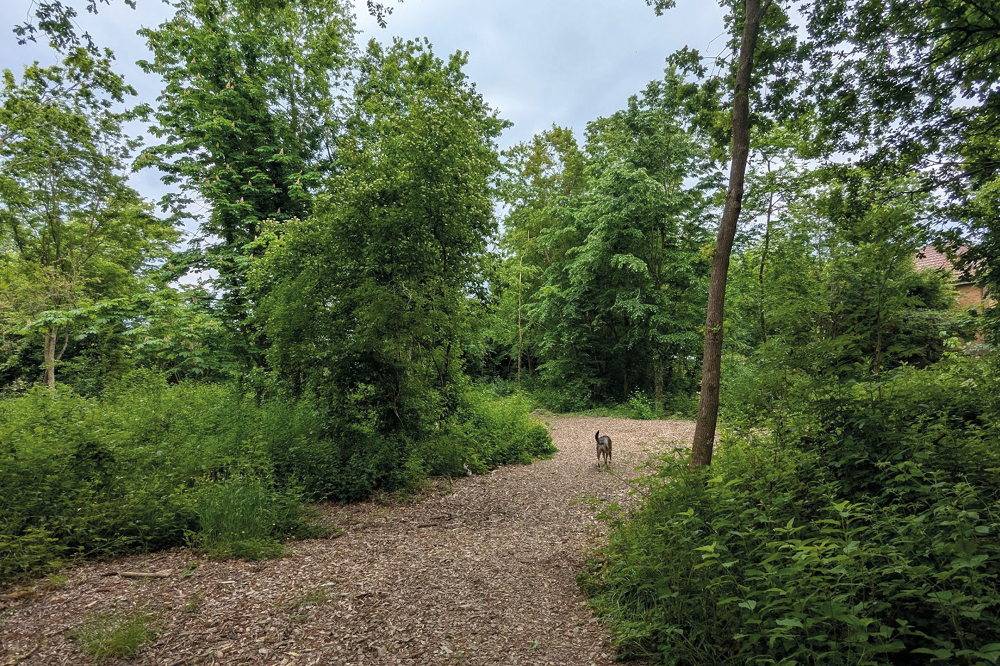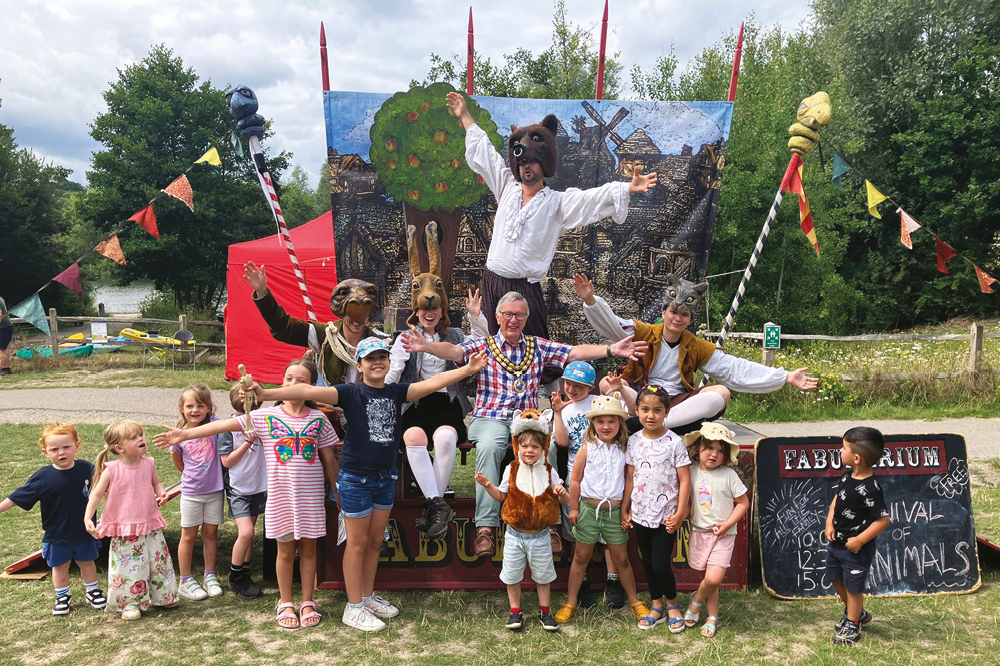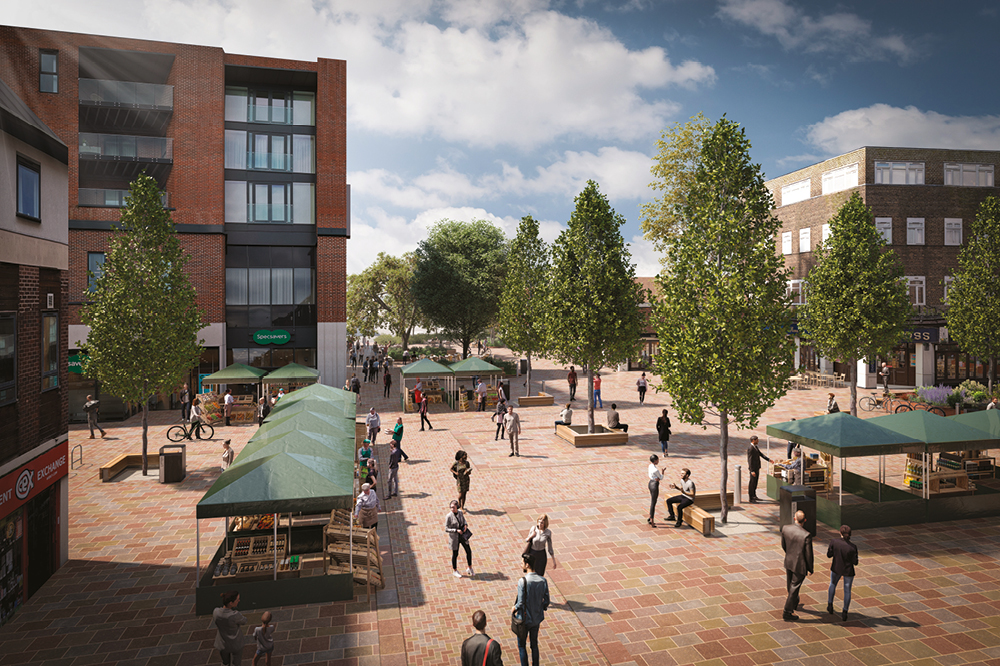Edition: July 2025
Ash Dieback is a fungal disease which affects Ash trees. It is estimated that the disease will kill up to 90% of the species in the UK over the next decade.

Starting in winter 2021/22, we began a programme to remove diseased Ash from our sites.
The impact is unavoidable as some of our woods are between 30 and 50% Ash. We are taking a phased approach, prioritising the worst affected areas across our council-owned sites.
Now, almost three years since the beginning of the programme, we can start to share some good news about regeneration in some of the locations where this work was first undertaken.
A refreshed landscape
We have undertaken work at sites across North Horsham (pictured above), Southwater and Henfield.
Ash Dieback work at Warnham Local Nature Reserve

At the Reserve, we tackled Ash in the Walnut Tree Plantation (pictured right). After felling diseased trees, we planted over 2,500 new saplings. In accordance with the Forestry Commission’s instructions a selection of native tree species were planted, including Pedunculate Oak, Hawthorn, and Wild Cherry.
This was a mammoth task, and we were helped by many volunteers who supported the team.
Find out more
Find out more information about our Ash Dieback work, including FAQs and upcoming projects.
Read the latest edition
You may also like

Summer of connection
From music-filled weekends to inclusive family fun, our teams have helped deliver a season of unforgettable events.

Designing a Horsham Town Centre vision together
Horsham District Council recently invited the community to share their thoughts on proposed improvements to key areas of the Town Centre.

Peace of mind, at the press of a button
Our Community Link service helps residents stay safe, independent, and connected.
